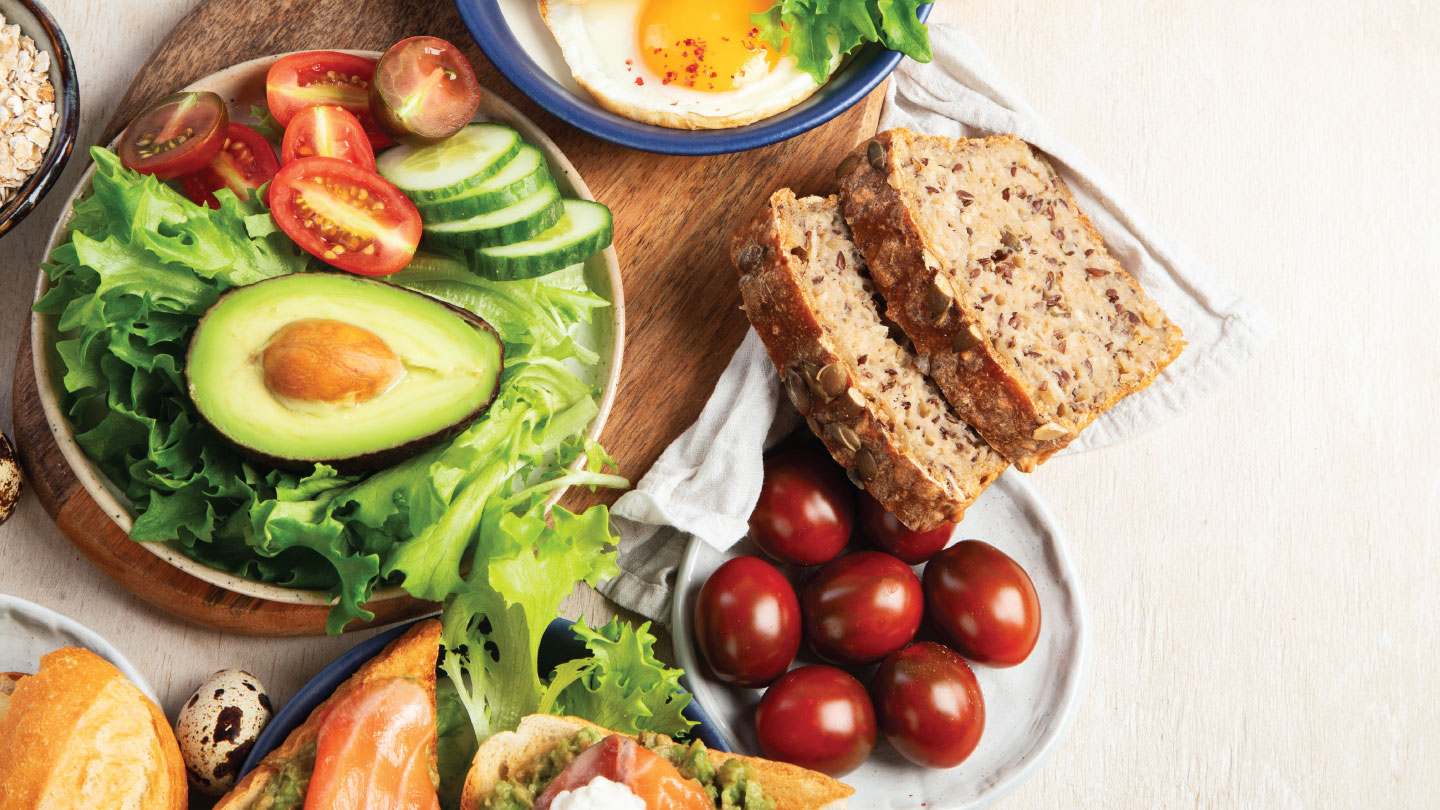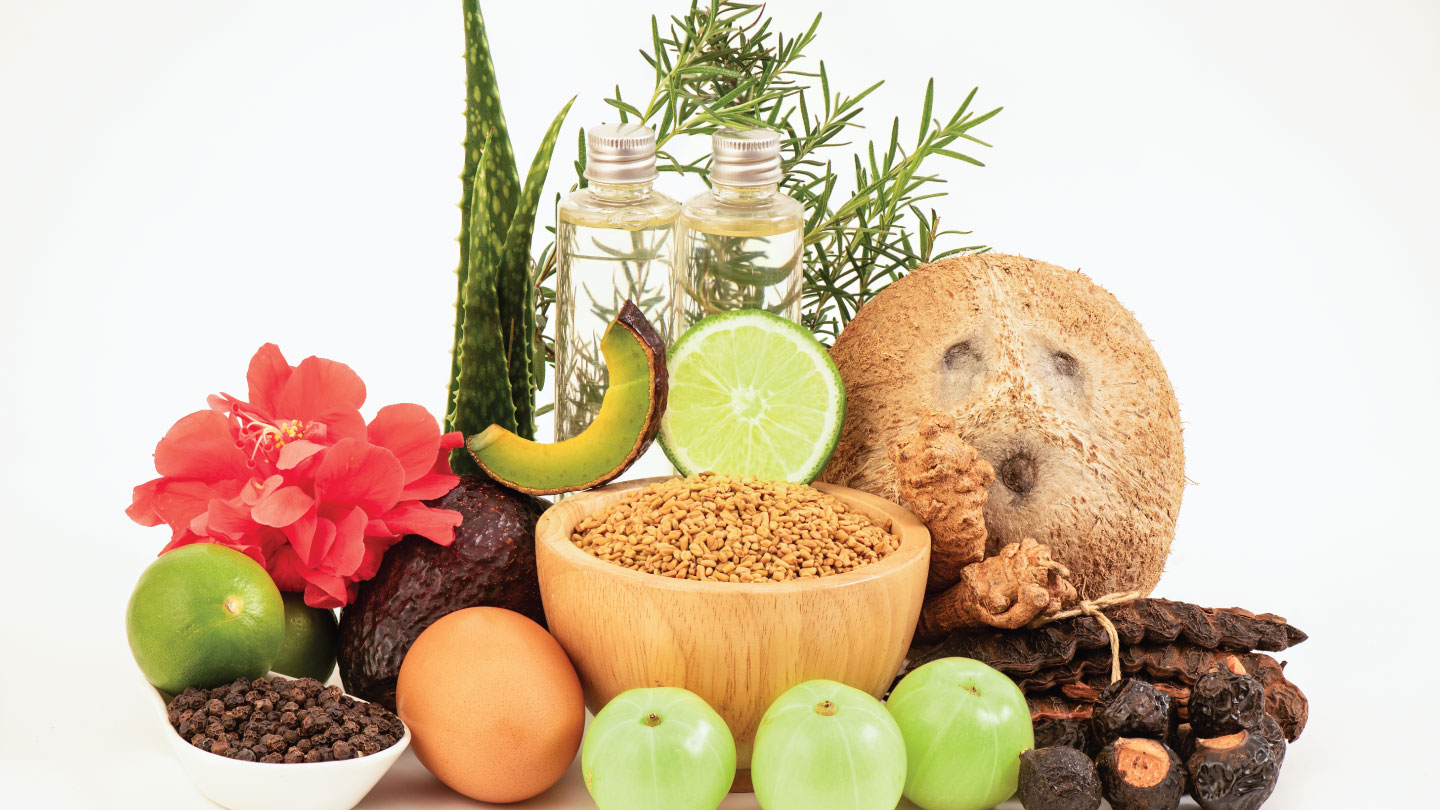Nutrition
Why a Savoury Breakfast Could Be Your Secret to Steady Energy and Glucose Control
In a rush to grab bread and jam before your morning meeting? But that sweet breakfast habit could be setting off glucose spikes and mid-morning crashes.

For most urban Indians, mornings are a race: alarm, shower, laptop, and something quick to eat. More often than not, that ‘something quick’ is toast with jam, sugary cereal, or a sweetened smoothie. Convenient, yes. But what follows is energy slumps, brain fog, and mid-morning hunger. This is your body’s way of reacting to unstable glucose levels.
Starting your day with a high-carbohydrate, sugar-laden meal triggers sharp spikes and dips in blood glucose, leaving you tired and craving more sugar throughout the day. On the other hand, a savoury, protein-rich breakfast can flatten those spikes, sustain energy, and even reduce risk factors for diabetes, a growing concern across Indian metros.
Related Story: 5 Breakfast Habits To Ditch Now
Why a Savoury Start Matters
A 2023 clinical trial published in the Nutrients Journal concluded that consuming a high-protein breakfast helps stabilise glucose levels not just after breakfast, but even after lunch. When the first meal of the day is balanced with protein, fat, and fibre, it slows digestion, improves satiety, and prevents those sugar crashes that hit right before your second cup of coffee.
The concept has gained traction globally, with experts emphasising savoury breakfasts as a key step for blood sugar balance. And a savoury breakfast leads to smoother energy levels, sharper focus, and fewer cravings later in the day. In India, where breakfast often swings between too sweet (jam, tea biscuits) or too carb-heavy (poha, upma, parathas without protein), a simple tweak in composition can make a big metabolic difference.
The Indian Problem: Sweet Mornings, Sluggish Afternoons
Many Indian professionals begin their day on autopilot: a slice of bread with jam, tea with sugar, maybe a banana on the go. These foods digest quickly because they’re rich in refined carbohydrates and simple sugars. Once eaten, they are rapidly broken down into glucose, causing a sharp rise in blood sugar, and that’s where the trouble begins.
To deal with the surge, your body releases insulin, the hormone responsible for moving glucose out of your bloodstream and into your cells for energy. However, when this spike is steep, as it is after a sugary meal, insulin often ‘overcorrects’, driving glucose levels down rapidly. This is what creates the post-meal crash: a sudden drop in blood sugar that leaves you feeling sluggish, irritable, hungry, and unfocused just a couple of hours later. Over time, these repeated glucose highs and lows can increase hunger signals, strain insulin response, and raise the risk of developing insulin resistance, a key pathway towards type 2 diabetes.
Related Story: The Viral Breakfasts You NEED to Try
How to Build a Savoury Breakfast
Think of your plate as a formula: Protein + Fat + Fibre + Optional Carbs/Fruit.
- Centre it around Protein: Eggs, paneer, tofu, lentils, Greek-style yoghurt, sprouts, or even leftover grilled chicken or fish.
Example: Moong dal cheela with curd, or paneer bhurji with a small roti.
Why: Protein slows glucose absorption and improves satiety. - Add Healthy Fats: Avocado, nuts, seeds, nut butter, ghee, or olive oil.
Example: Cook eggs in ghee, sprinkle seeds over upma, or add peanut butter to whole-grain toast.
Why: Fat balances flavour and stabilises blood sugar rise. - Add Fibre (Bonus: Vegetables): Veggies like spinach, mushrooms, courgettes, tomatoes, or beans add fibre and antioxidants. Even sprouts are a great option!
Example: Mix chopped spinach and tomatoes into your cheela or omelette. Even a bowl of sprouts is a great option.
Why: Fibre slows digestion and supports gut health. - Add Optional Starch (for comfort, not bulk): Whole-grain bread, poha, quinoa, oats, or potatoes, in smaller portions.
Example: Pair your eggs with one slice of multigrain toast or a small serving of poha with sprouts.
Why: A little starch is fine when balanced with protein and fat.
Related Story: 7 Easy Swaps To Add More Fibre To Your Diet
Practical Tips for Busy Mornings
- Prep ahead: Boil eggs, sprouts, soak lentils, or chop veggies the night before.
- Keep quick protein on hand: Greek yoghurt, paneer cubes, roasted chana, or nuts at your desk.
- Watch your tea/coffee: Skip sugar or use milk mindfully, as sweet beverages can offset your breakfast balance.
- Eat within an hour of waking: It helps stabilise glucose early and prevents energy dips later.
- Use Indian herbs and spices: Turmeric, cumin, coriander, and cinnamon not only add flavour but also have mild glucose-regulating benefits.
Related Story: Spice Synergy: When Indian Flavours Work Better Together
Breakfast isn’t just a meal; it’s a metabolic signal that sets the tone for your entire day. Switching to a savoury breakfast can help stabilise glucose levels, sharpen focus, and keep you energised till lunch without the sugar slump.
Your goals deserve a plan that works for you. Get a personalised diet consultation with our experts and learn how to build breakfasts that balance your glucose, suit your schedule, and keep you feeling your best, every single morning.
EXPLORE MORE
When the temperature drops, the body’s rhythm changes. Ayurveda reminds us that the key to staying healthy in winter lies in what we eat, how we eat, and when we eat.
We often talk about the dangers of obesity, but being underweight also comes with serious health risks, from poor immunity to higher mortality.
Two seemingly similar butters, two very different stories. Here’s how to pick wisely for your health and kitchen.
As temperatures drop, your body craves warmth, comfort, and nourishment, and ghee delivers all three.












